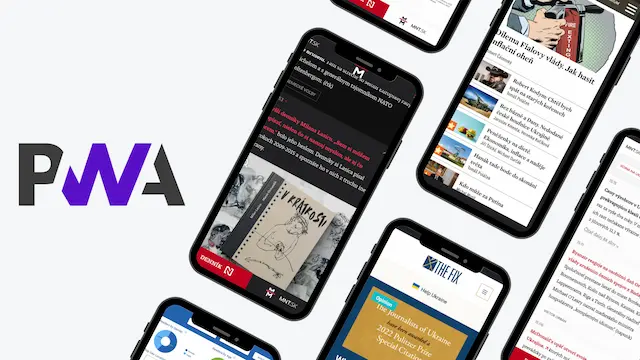Engage audiences, monetize traffic and grow revenue
FatChilli is an audience monetization agency. We help publishers, digital magazines, and news media to grow their revenue — from programmatic advertising to ad tech, subscriptions, including websites and apps.
Certified byGoogle
Supported byDenník N
Member ofiab.slovakia
REMPintegrator
Why does FatChilli's web look like a news website?

Meet the pioneers enjoying the chilli flavour

















